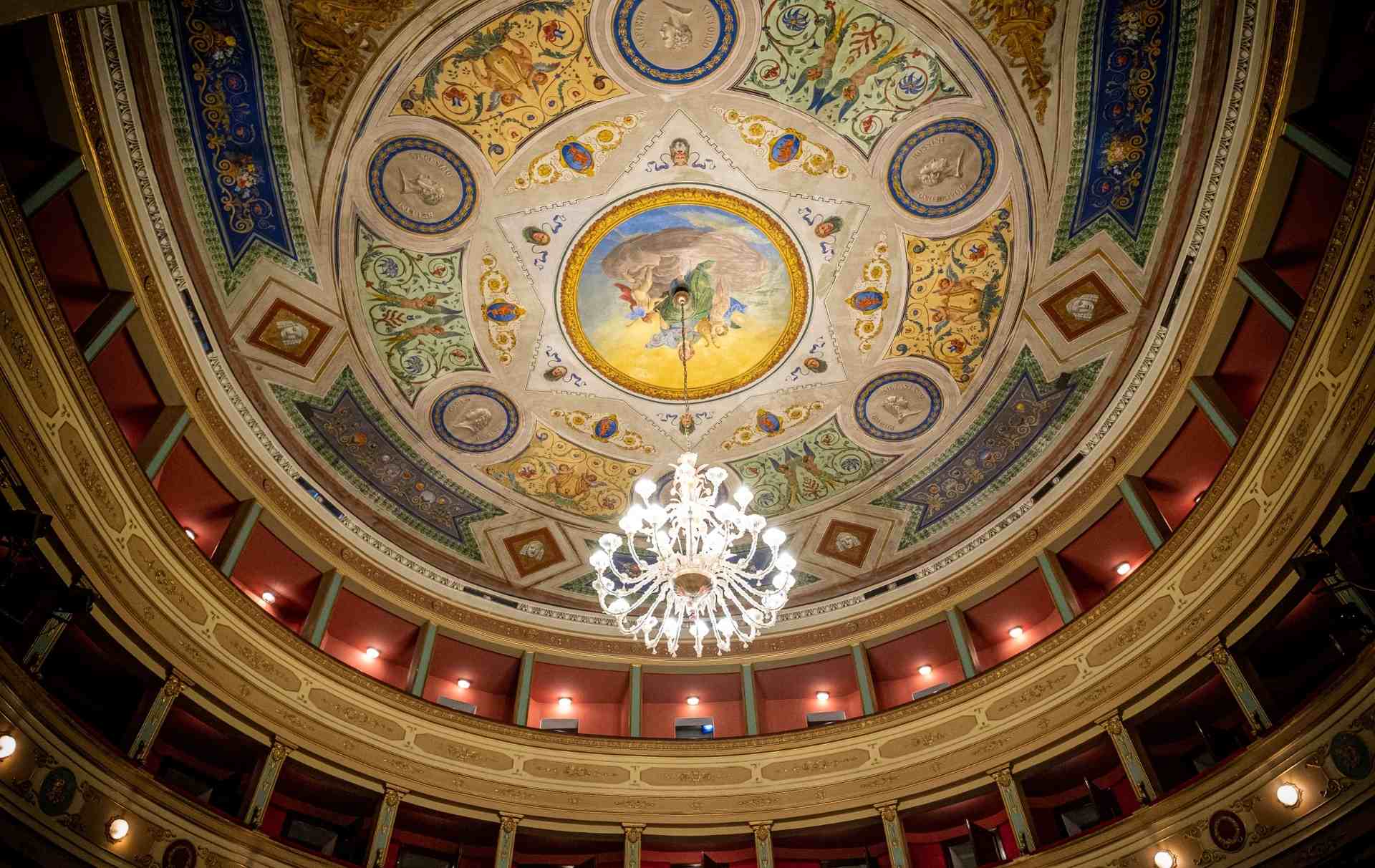Not much remains of the ancient castle of Schifanoia, now a little village but in the past sentinel on the gorge between Poggio and Otricoli.
The ancient fort of Lombard origin of Schifanoia.
The village in the territory of Narni, hids probably in its name its longobard origin, because schiffa means “revenge”, while nauda means “pasture”, even if the castle was built in the XIII century around a massive tower collapse only in 1925.
From the defensive structure remains only some elements of the city walls , ruins of the minor towers and the entrance which leads to the parish church.
Into the village , along the Way of the Protomartyrs, is worth mentioning the beautiful Church of San Michele Arcangelo.
The Church of San Giovanni Battista.
The Church of San Giovanni Battista is located in the old town of the village and was built around the 14th century.
The facade is simple and is overlooked by a little niche with the statue of the Madonna.
Inside the church there are several frescoes which go from 1300 to 1500, the most important is the big fresco which represents on to the Madonna with Bambino between the Saints Rocco and Sebastiano and below the redeemer between the Saints Antonio and Biagio, painted by an artist inspired by the great masters of the ‘500.
In the chapel on the left there are frescoes inspired by the many that we find in other churches of the narnese.
Schifanoia
Schifanoia – 05035, Narni
The pretty village between Gramaccioli and Fongalle can be visited on foot.
We recommend parking near the main square.
Discover Narni.
Discover with us the interesting places near the village.
Or discover the points of interest of Narni and of its territory:

The Church of San Francesco
Arriving from the close via del Campanile or directly from Piazza dei Priori, you can only be kidnapped by the late Romanesque features of the

Manini Theatre
At the end of Via Garibaldi , in front of the construction which hosted the Bank , there was the Municipal Theatre of Narni dedicated

Albornoz Fortress
The Albornoz Fortress, surrounded by a green nature, rises as a giant on the Maggiore mountain to dominate the Town of Narni , the via


